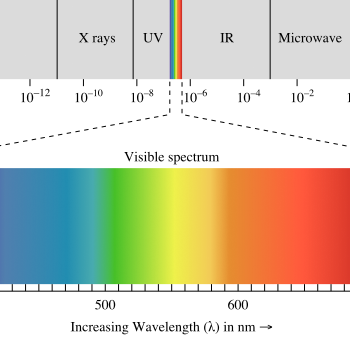Combustion analysis or combustion reaction involving hydrocarbons ( compounds composed only of carbon and hydrogen) have the following equation (unbalanced)
#Hydrocarbon# + #O_2# #=># #CO_2# + #H_2O#
What we are given:
20g #Hydrocarbon# + #O_2# #=># 67.6g #CO_2# + 13.8g #H_2O#
The empirical formula of an compound is defined as the lowest ratio of elements within that compound.
For example:
Glucose; #C_6H_12O_6# , in its lowest ratio, the empirical formula for glucose would be #CH_2O#
Erythrulose; #C_4H_8O_4# in its lowest ratio, the empirical formula is the same as glucose: #CH_2O#.
Step 1
The first step in finding the empirical formula of our hydrocarbon is to convert the grams of #CO_2# and #H_2O# into mols
#C# = #12.1g#
#O# = 16.00g * 2 = #32.0g#
#67.6g# #CO_2# * #(1mol)/(44.1g)# = 1.53 mol #CO_2#
#H# = 1.01g * 2 = #2.02g#
#O# = #16.00g#
#13.8g# #H_2O# #(1mol)/(18.02g)# = .766 mol #H_2O#
We will now factor the amount of #O_2# that was used in the reaction.
With the Law of Conservation of Mass in mind, we are given that 20g of #Hydrocarbon# reacts with #O_2# to form 67.6g #CO_2# and 13.8g of #H_2O# or a total of 81.4g.
The equation 81.4g #(H2_O + CO_2)# - 20g #Hydrocarbon# = 61.4g #O_2#
#O# = 16.00g, but oxygen is a diatomic, so we multiply by 2 to get 32.00g
#61.4g# #O_2# * #(1mol O_2)/(32.00g)# = 1.92 mol #O_2#
Step 2
Now we multiply our three mol ratios by the smallest to get a whole number ratio between them
#CO_2# ; #(1.53 mol)/(.766mol)# = 2.00 mol #CO_2#
#H_2O# ; #(.766mol)/(.766mol)# = 1.00 mol #H_2O#
#O_2# ; #(1.92mol)/(.766mol)# = 2.51 mol #O_2#
Since #O_2# is at 2.51 mol, we multiply everything by 2
2.00 mol #CO_2# * 2 = 4.00 mol #CO_2#
1.00 mol #H_2O# * 2 = 2.00 mol #H_2O#
2.51 mol #O_2# * 2 = 5.02 mol #O_2# #=># 5.00 mol #O_2#
Step 3
going back to our equation, we can balance it with the mol ratios
#Hydrocarbon# + 5 #O_2# #=># 4 #CO_2# + 2 #H_2O#
Left hand side: 10 #O#
Right hand side: 10 #O#, 4#C#, 4#H#
For the equation to be balanced, the #Hydrocarbon# must have 4 #C# and 4 #H#. The empirical formula is the lowest ratio of the elements #(C,H)#, thus it is #C_1H_1# or just #CH#

